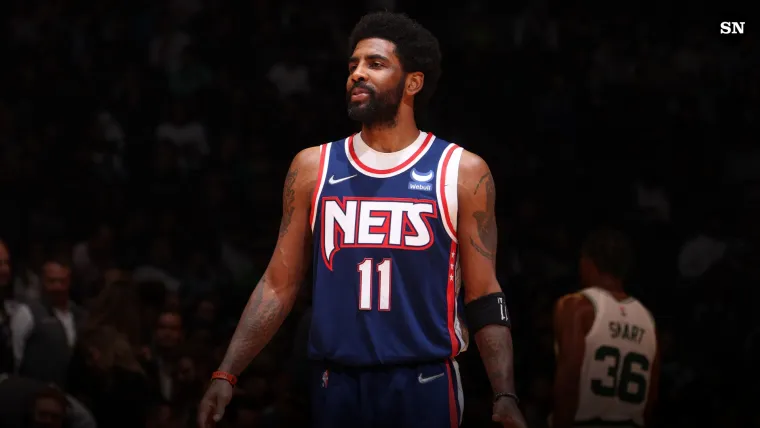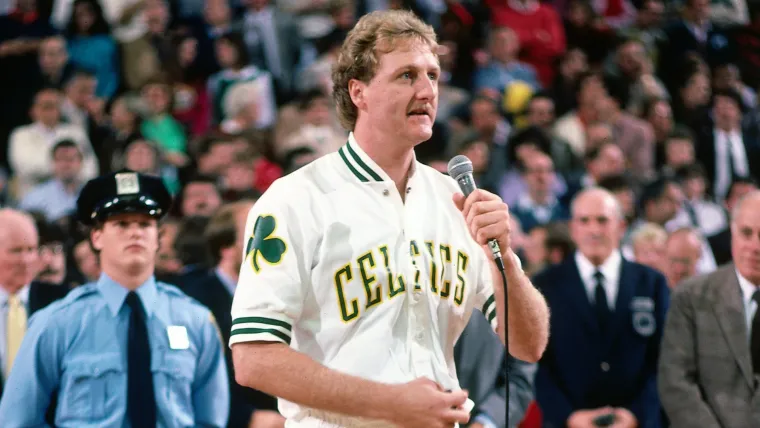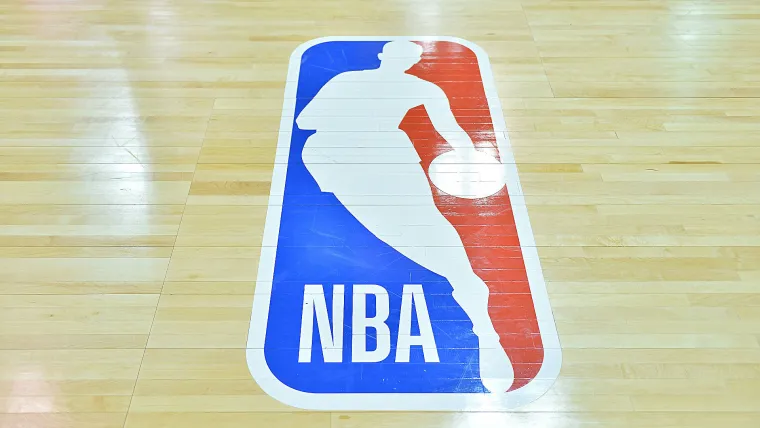The NBA's free agency period is a rollercoaster of emotions for fans.
In some ways, fans look forward more to the offseason moves and signings as it ushers in a new era for their particular team.
"Who is signing?" "Can we fit them in under the salary cap?" "What contract are they on?"
As teams maneuver to sign players and reshape their rosters, you'll be hearing a lot about unrestricted free agents, restricted free agents, mid-level exceptions, qualifying offers and more.
But what exactly are all these various types of contracts and what do they mean for NBA franchises?
We break it all down for you right here.
MORE: When does NBA free agency start in 2022?
Unrestricted free agents
Quite simply, an unrestricted free agent (UFA) is usually out of contract and is free to sign with any team they desire.
As an example: Zach LaVine is an unrestricted free agent this summer, while players such as Kyrie Irving, Russell Westbrook, James Harden and Bradley Beal each have a player option in their contract that they could decline to become an unrestricted free agent.
A player option grants the player the power to decide whether to stay for another year or become an unrestricted free agent.
A team option grants the team the power to decide whether they will keep the player or not.

Restricted free agent
A restricted free agent (RFA) is free to sign a contract with another team, but his original team has the right of first refusal and is able to match the offer the player receives from the other team.
According to the NBA, there are five options for a player that is a restricted free agent.
- Accept his team’s prior qualifying offer, play out the season and become an unrestricted free agent the next summer.
- Accept his team’s maximum qualifying offer (where applicable) and play under that long-term deal.
- Negotiate a new contract with his original team that is independent of the qualifying/max qualifying offer.
- Sign an offer sheet with another team, which his original team has an opportunity to match
- Negotiate a sign-and-trade if he hasn’t signed an offer sheet with another team.
If there is no qualifying offer, contract or offer sheet signed for one year, the original team can submit a new qualifying offer and the player will be a restricted free agent the next summer.
The biggest name on the restricted free agent list this summer is DeAndre Ayton, who will have no shortage of suitors, but the Suns will also have the right to match any offer he receives from other teams.
Qualifying offers
For a player to first become a restricted free agent, his team must submit a qualifying offer (QO) to the player between the day after the last game of the NBA Finals and the beginning of free agency on July 1.
Essentially, the qualifying offer is for a one-year guaranteed deal. This is done to ensure that the team is able to then have the right of the first refusal later on without having first offered a contract themselves.
Some players accept the qualifying offer and play out the following season under the terms of that deal, and then head into unrestricted free agency after the completion of it.

Bird rights
This is another one of those terms you will hear a lot about during free agency: Bird rights.
Essentially, this ruling gives teams the right to exceed the salary cap to retain their own player. It was named after the Celtics icon as Boston was the first team permitted to use this new ruling to retain Larry Bird.
An example of the Bird rights during this free agency period will be the Bulls' Zach LaVine. Chicago can offer LaVine one extra year and a deal worth around $200 million to entice him to remain with the franchise.
To qualify as a Bird free agent, a player must have played three seasons without being waived or changing teams as a free agent. However, a player can obtain "Bird rights" by playing under three one-year contracts, a single contract of at least three years, or any combination thereof. It also means that when a player is traded, his Bird rights are traded with him, and his new team can use the Bird exception to re-sign him.
Are you still with us? It can get a little confusing ... and there's also the "Early Bird exception."
The Early Bird is for players who have played two seasons with the same team. This enables teams to re-sign their own player for either 175% of his salary from the previous season or 105% of the average player salary for the prior season if he played for the team for some or all of each of the prior two consecutive seasons. In the case that the player changed teams, he only did so by trade or by assignment via the NBA’s waiver procedures.
Then finally there is the non-Bird exception.
This is for players who do not qualify for either of the above. In this scenario, a team may re-sign its own free agent who is neither a “Bird” nor an “Early Bird” player to a contract with a first-year salary of up to the greater of 120% of the player’s salary in the last season of his prior contract, 120% of the player’s applicable minimum salary for the current season or finally, if the player is a restricted free agent, his qualifying offer amount.
That's a lot to take in, isn't it?
Mid-level exception
The mid-level exception is useful for teams that are looking to add a role player or two and not break the bank to do so. Generally, you won't be signing a superstar under this, but stranger things have happened!
It gives teams a chance to sign players without it counting towards the salary cap or the luxury tax thresholds.
This was added by the NBA as another incentive for players to remain with their current teams. Owners are able to add depth to squads without sacrificing key players.
There are two types of mid-level exceptions, per the NBA:
- Non-taxpayer mid-level salary exception: Teams can use the non-taxpayer midlevel salary exception to sign one or more players to contracts with first-year salaries that, in the aggregate, provide for a total up to $8.641 million. Contracts signed using this exception can be for up to four seasons.
- Taxpayer mid-level salary exception: Teams can use the taxpayer mid-level salary exception to sign one or more players to contracts with first-year salaries that, in the aggregate, provide for a total up to $5.337 million. Contracts signed using this exception can be for up to three seasons and can be used to re-sign a free agent
One of the most notable midlevel exception signings in recent seasons was the Heat's acquisition of Ray Allen back in 2012. Miami added a sharp-shooter to fill out their roster, and eventually went on to win their second-consecutive championship.








